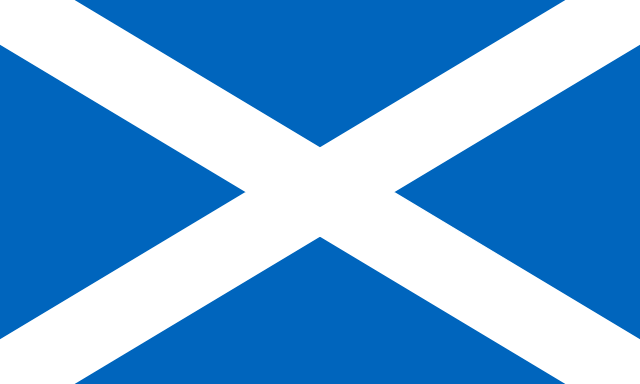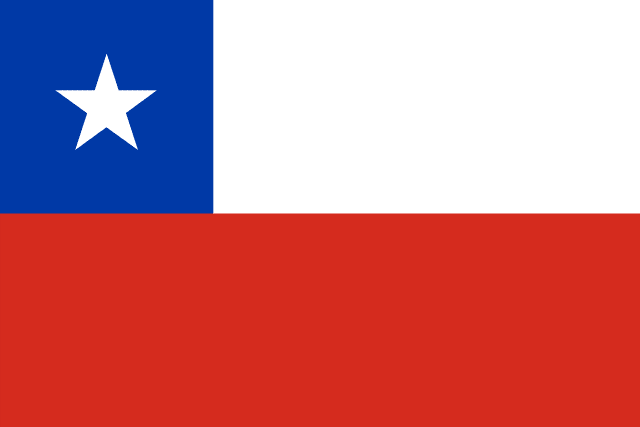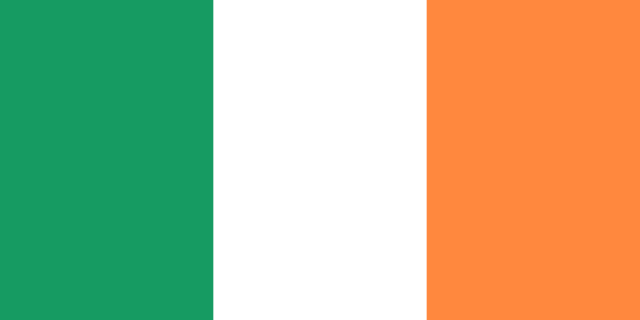Greater Kruger National Park
Kruger National Park covers nearly two million hectares of land (19,485 km2). It is South Africa's largest park and the 7th largest park in all of Africa. Its high density of wild animals includes the Big 5: lions, leopards, rhinos, elephants and buffalos. Hundreds of other mammals make their home here, as do diverse bird species such as vultures, eagles and storks. Mountains, bush plains and tropical forests are all part of the landscape.
The Olifants River (24.176°S, 30.871°E) is a tributary of the Limpopo River that flows northeast as it passes through the Kruger National Park and Mozambique on its way to join the Limpopo about 190km inland before flowing into the Indian Ocean. Common sightings include elephants, giraffes, baboons, crocodiles, hippos, bushbucks, storks, impalas, and owls.
Rosie's Pan (24.205°S, 30.861°E) is a borehole that replenishes much-needed water for the animals. Lions, leopards, elephants, rhinos, and buffalo frequently visit the area. Also seen are Giraffes, antelopes, squirrels, warthogs, and Giant kingfishers.


Madikwe: A Conservation Success Story
Madikwe Wildlife ReserveMadikwe Wildlife Reserve (aka Madikwe Game Reserve) lies 90 km north of Zeerust on what used to be farmland, but owing to the poor soil type, farming was not that successful. After extensive research, the South African Government found that this land would best be utilized as a provincial park, to economically uplift this otherwise rather poor area.
The process of reintroducing wildlife to the area began in 1992 under the codename Operation Phoenix which relocated entire breeding herds of elephants, Cape buffaloes, south-central black rhinos and southern white rhinos along with various species of antelopes. Following Operation Phoenix, Madikwe has also successfully reintroduce rarer predatory species such as lions, cheetahs, spotted hyenas and Cape wild dogs bringing the total large mammal population of the reserve to over 10 000. There are currently more than 60 species of mammal in the park.
The Team
afarTV's Chat Moderators
FAQs
Frequently asked questions concerning the Madikwe Wildlife Reserve and Greater Kruger National Park.
In Madikwe, the cam is located on the northwest edge of the Madikwe Wildlife Reserve, just across the border from Botswana. The cam faces south toward Tau waterhole. Live streaming began in Jan 2020. The cam is panned across the landscape and zoomed in on animals and birds of interest.
When the cam pans farthest left, the large hill in the foreground is to the east, as the sun comes up behind it in the morning. When the cam pans farthest right, there are thin tree branches that hang down in front of the cam. At night, the cam switches to infrared black and white view.
At the Olifants River, The camera pans from Northeast to Northwest.
At Rosie's Pan, The camera pans from Southwest to North.
At the Madikwe Wildlife Reserve, the landscape is lush, with trees, shrubs, leafy plants, grasses, and water plants.
AfarTV tracks and records all wildlife that has be seen from the live stream. You can view the list of species spotted in Madikwe, Olifants, and Rosie's Pan. Visit the live stream to findout what wildlife was spotted today! Additional information can be found here.
The term "game reserve" is historically used to refer to an area where trophy hunting is allowed, usually in Africa. Although most "game reserves" no longer permit trophy hunting, including Madikwe, the term is still being used. We feel that using Wildlife Reserve is a less confusing term to describe the reserve since hunting is not permitted.

 Watch now
Watch now
















